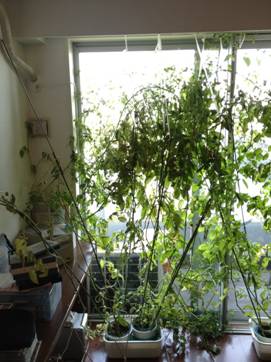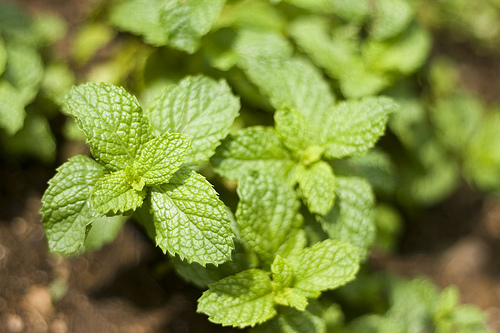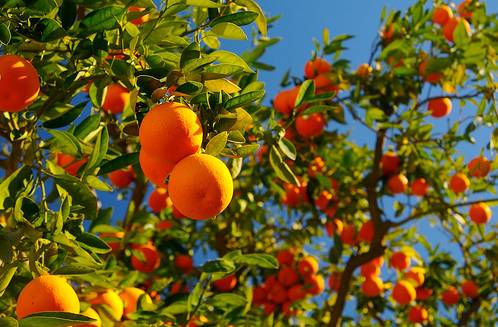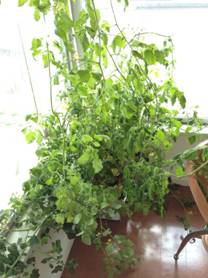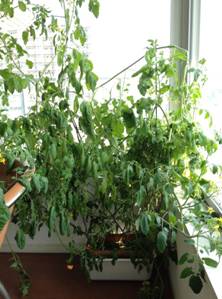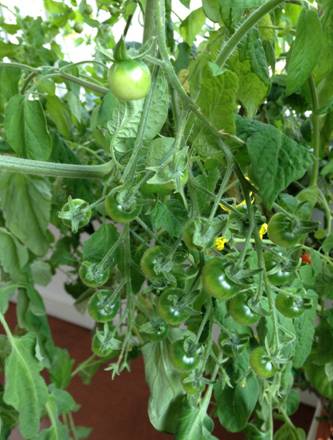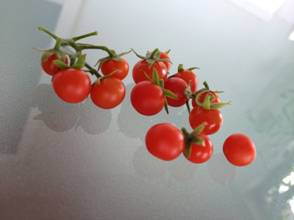■FOODS FOR SKIN HEALTH
If your skin care routine primarily revolves around expensive skin creams and serums, it’s time you put your money (and lots less of it) towards a healthy diet. The foods you eat have a significant impact on the health and appearance of your skin. Here are a few tasty foods that can brighten your skin and overall complexion.
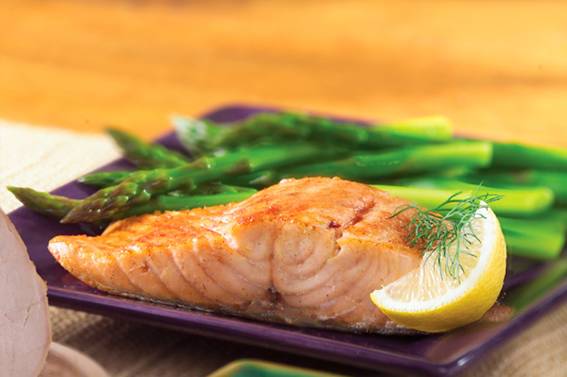
Posted by Michele Borboa, in Food & Recipes / Healthy Recipes & Nutrition
http://www.sheknows.com/food-and-recipes/articles/818125/Foods-that-brighten-your-skin
【1】Water
Water is essential for the healthy function of all of your body’s cells. Maintaining adequate hydration will keep your cellular metabolism at its peak. Since your energy level is often reflected in the appearance of your skin, drinking enough water (eight 8-ounce glasses) in addition to following a skin-healthy diet can help you feel and look your most vibrant.
【2】BERRIES
Teeming with antioxidants, berries – blueberries, blackberries, cherries, and goji to name a few – offer many complexion-boosting nutrients. In addition to being tasty, low-calorie health-promoting fruits, the pigments in these bright-colored gems contain phytochemicals that have anti-inflammatory properties, which can keep your skin glowing and smooth.
【3】SPINACH
Along with the other lush selection of dark leafy greens, spinach is a powerhouse food that is packed with antioxidants and anti-inflammatory benefits. A diet high in vegetables (and fruits) is a tasty and nutrient-dense way to bolster your skin health. Since vitamins tend to be heat sensitive, aim to eat your spinach raw or lightly cooked.
【4】SALMONA
Loaded with omega-3 fatty acids, salmon and other fatty fish are a delicious defense against skin issues. In addition to being an anti-inflammatory food, salmon is a quality source of protein and healthy fats, which can improve the health of all of your cells, including your skin cells. The fat in salmon can also help you better absorb fat-soluble nutrients you consume from other healthy foods.
【5】ALMONDS
Almonds and other nuts and seeds are a crunchy-good way to brighten your skin. Offering an abundance of antioxidants and good-for-you fats, these nuts are a yummy source of skin-healthy essential oils. Because of their anti-inflammatory effects, almonds can help reduce the symptoms of inflammatory-based skin conditions, such as acne, eczema, and psoriasis.
【6】QUINOA
Not specifically linked to radiant skin, quinoa and other whole grains, are instrumental in your skin health because they are tasty sources of complex carbohydrates. While refined white flour carbohydrates can stress skin and lead to premature aging, complex carbohydrates offer a wide range of nutrients, such as fiber, protein, vitamins, and minerals that can nourish the skin and the rest of your body. Quinoa, in particular, is a great source of plant-based protein.
_ _ _ _ _ _ _ _ _ _ _ _ _
Please check the original article here on SHEKNOWS FOOD & RECIPES!!
http://www.sheknows.com/food-and-recipes/articles/818125/Foods-that-brighten-your-skin








